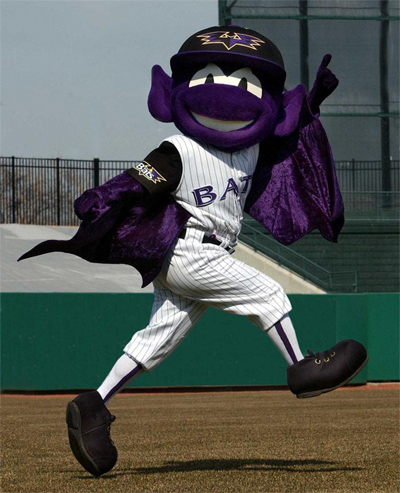Happy trick-or-treat night! Sure, Halloween’s actually tomorrow, but since Wednesday’s forecast calls for the second coming of the Diluvian Period, most kids are dressing up and asking strangers for candy tonight. There are some people who are inexplicably MAD ONLINE about moving trick-or-treating around so our kids don’t drown, but those people probably typed in their tirades on their rotary phones.
How did Halloween get to be Halloween as we know it, anyway? My mom is under the impression that it’s the modern rise devil-worship, which seems pretty unlikely. The truth is, like most American/western holidays, Halloween began as a pagan celebration of the harvest, which also coincided with the beginning of the “dead” season of winter where plants died and animals migrated or hibernated or whatever. Pre-Christian Europe, and specifically the Celts and Gaels used this time of year to also symbolically remember their dead friends and relatives. In fact, they saw the transition period between summer and winter (in that succession) as a time when the boundary between the living world and the “otherworld” was thinner, which meant that the souls of the dead could rejoin the world of the living for that brief period. Thus, ghosts. Naturally, not all of those ghosts were the souls of good people. In an effort to defend themselves from those evil spirits, the ancient Celts would dress up as the dead themselves so the actual dead wouldn’t bother them because they’d think “hey, she looks dead, too, and I’m here to mess with alive people.”
It was also believed that certain people, whom sometimes happened to be reclusive women, were especially able to contact or seance with those spirits during this time of year. Ergo, witches. These reclusive women were also very fastidious and fond of black cats and pointy hats. OK, that part I made up.
Anyway, as with most holidays, the early Catholic Church struggled to stamp out the old pagan holiday, beliefs, and other accompanying things that came along with the harvest festivals, so they co-opted it and turned November 1 into All Saints Day where the dead and martyred saints were remembered and prayed over and donated to, and on which no one worked and instead went to mass and festivals held and controlled by the church.
The night before, then, became All Hallows Eve, where family and friends gathered to remember the dead that they’d pray about all the following day. In Mexico and other Spanish-speaking countries, that became Dia de Muertos, which you can learn a lot about by watching Coco, a fabulous Disney movie.
In the United States, trick-or-treating really didn’t start until the 1930’s, and took a hiatus during World War II due to sugar rationing. Presumably the MAD ONLINE people I mentioned earlier were kids during the sugar rationing period, which is why they’re against handing out free candy a day early. The term “trick-or-treat” was meant in earnest back then, too. A report from Blackie, Canada during the 50’s said that if you were home and you didn’t give the costumed kids their candy, they’d steal something off your property and put it on Main Street for you to pick up in the morning. Nice!
LINKS!
- Memphis 901 is signing new players, including former RB2 and Penn FC midfielder Dan Metzger.
- Oklahoma City Energy have announced their opening roster moves heading into the offseason, including the release of former Louisville City midfielder Juan Guzman.
- The Courier-Journal takes a look at the Lou City veterans’ approach to this postseason run.













